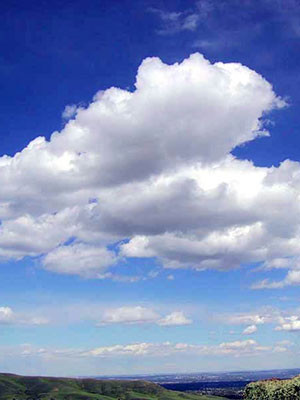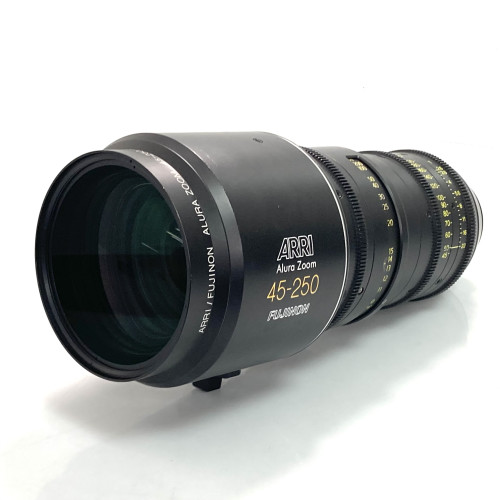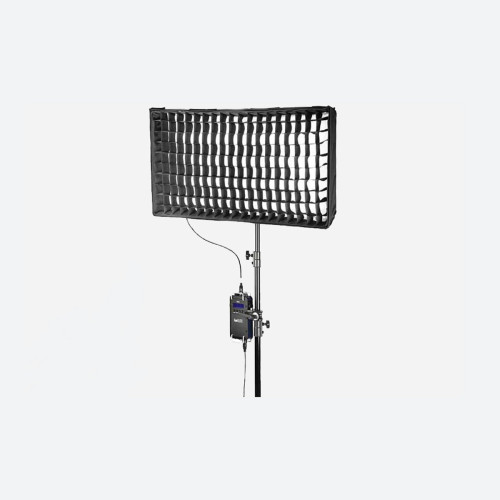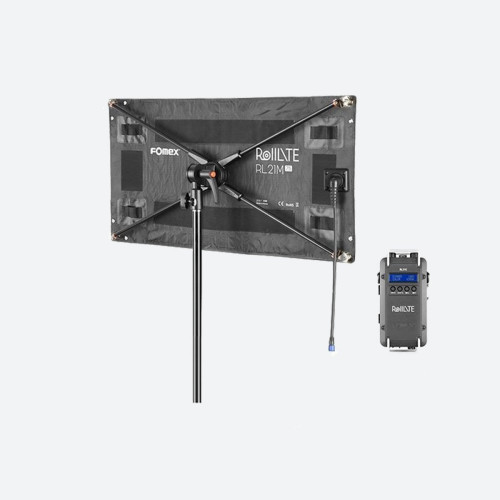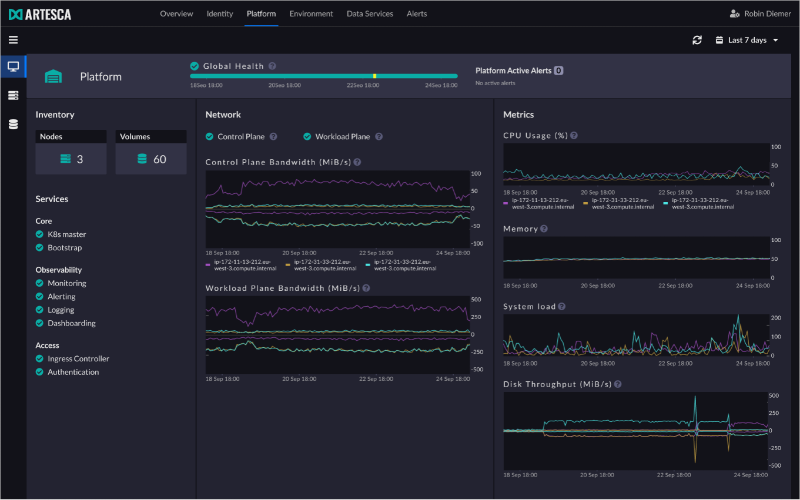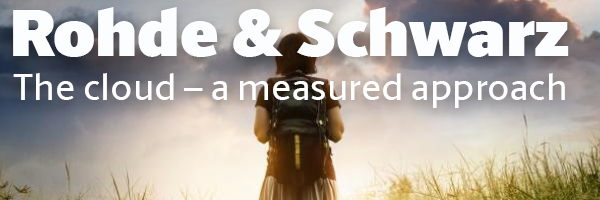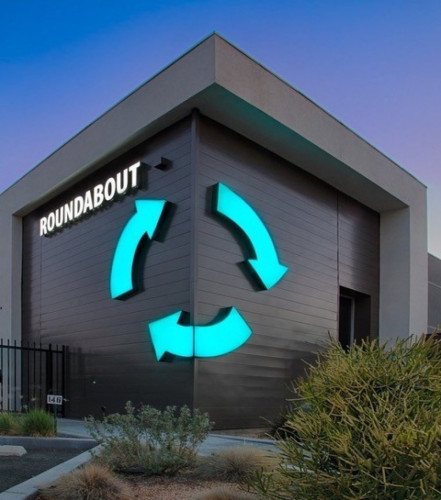In the last issue of this magazine was a very interesting article by Lee Sheppard of SGL, talking about the pros and cons of archiving in the cloud. While there is a lot of conversation about cloud storage, its pluses and minuses, I have to confess to still being slightly confused about the practicalities and economics of it. So armed only with Google and the calculator on my iPhone I set about some back of envelope thoughts.
When we talk about the cloud we are vaguely aware that there are a number of vendors offering services. For simplicity, I looked at Amazon Web Services, and its Simple Storage Service (S3). Its website is extremely clear and helpful about what it does and what the costs are.
In fact there are three versions of S3: Standard, for general purpose storage of frequently accessed data; Standard-Infrequent Access, which sort of does what it says on the can; and the wittily-named Glacier for long-term archiving that you are rarely going to ever look at again.
Each comes, as you would expect, at a different price. Generally, you can move data between services at no cost.
For our purposes, it seems to me that S3 Standard is the obvious choice. It offers 99.999999999% durability (yes, I did count the number of nines when copying from the website), which is impressive. For us in the broadcast business, availability is a slightly dodgy 99.99%, over the course of a year.
Pricing starts at $0.03 a gigabyte for the first terabyte, dropping by not very much, reaching $0.0275 if you are storing more than 5000 terabytes a month.
Because I find it hard to get my head around these numbers, this is where the back of the envelope calculations take place. Overwriting any sense of modesty, I assumed I was the producer of Happy Valley. Six BBC-length episodes, say 58 minutes each.
Google failed to find me the camera used for Happy Valley, but we can assume it might be the Arri Alexa. Shooting at 25 fps HD, that is a data rate of 275 Mb/s. 58 minutes by six episodes by a shooting ratio of 20:1 suggests you generate 14.355 terabytes of rushes. Add in the deliverables and some effects shots and if you called 20 TB you would be safe. On S3's sliding scale of charges, that is $590.50 a month for storage.
It is free to upload, but downloads are again on a sliding scale. Up to 10 TB a month is $0.09 a gigabyte (generously, the first gigabyte is free), again reducing slightly the more you move. Say, for whatever reason, you needed to download the rushes twice. That is going to cost you $3340.35. As Lee pointed out in last month's article, if you have a standard 1 Gb/s connection you have a maximum capacity of around 8 TB a day, so you would be committing quite a lot of your relatively expensive band width to moving this content around.
You might use an acceleration service, like Signiant or Aspera, but again this comes at a cost. AWS offers transfer acceleration, at $0.04 a gigabyte in or out, so if we are still theorising all the rushes up once and down twice, that would add another $1722.60. Again, not a huge number, but it would need to be put in to the budget.
Just to put these numbers into context, you can buy LTO-6 data tapes (on Amazon, as it happens) for the equivalent of around $40 each. A tape holds 6.25 TB, so you would need two for all the rushes, and good practice would suggest you need three copies.
On the face of it, $240 for the tapes is a lot better deal than two and a half times that a month for cloud storage, plus all the transfer costs. But that is only half the story. Armed with an SxS card reader plugged into a laptop, you could transfer the camera rushes to AWS S3 by drag and drop with no other IT knowledge or infrastructure required. An LTO tape is no use without a player, and without the IT infrastructure to manage the database and retrieve it as necessary.
Most important, you would need to develop your own security processes to keep that data secure, and you would need to maintain the data integrity, continually exercising the data tape, checking for errors and migrating to new media. That means you have to start employing IT people, which begins to get expensive.
My gut instinct is that, outside GCHQ, AWS probably employs the best computer security people in the world. Why would they risk their business without them? Indeed, GCHQ may outsource to AWS. I know the American spook services do.
Archiving in the cloud might superficially look like a significant and continuing cost. But if you want to be absolutely certain your pictures and sound are going to be around and accessible when you need them, it could be a price worth paying.





